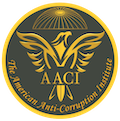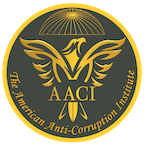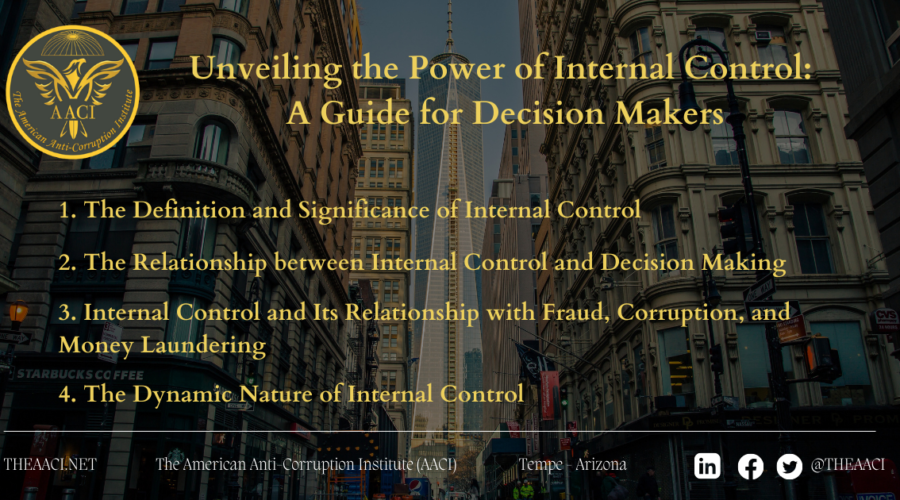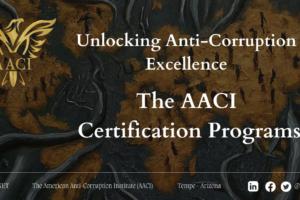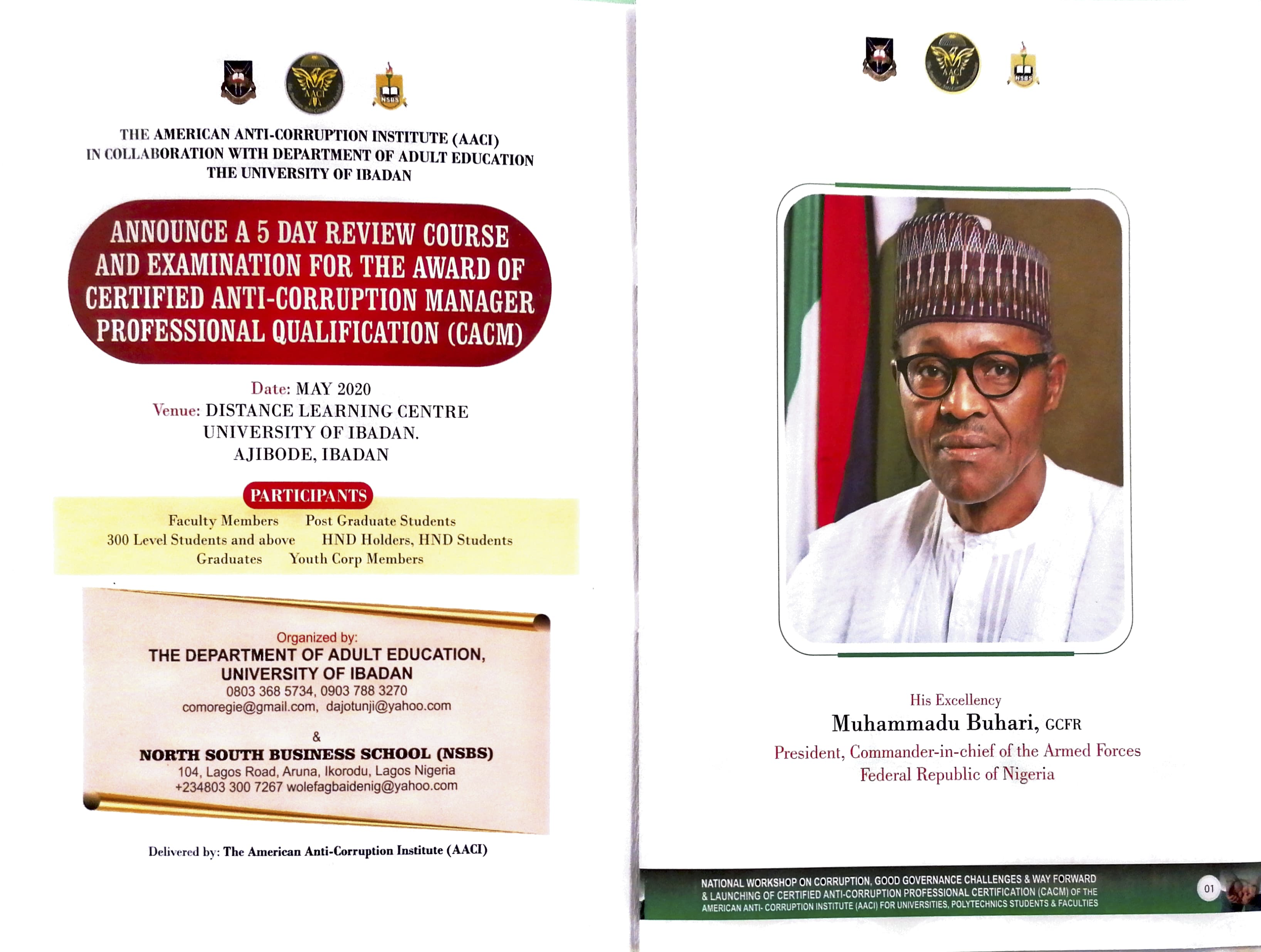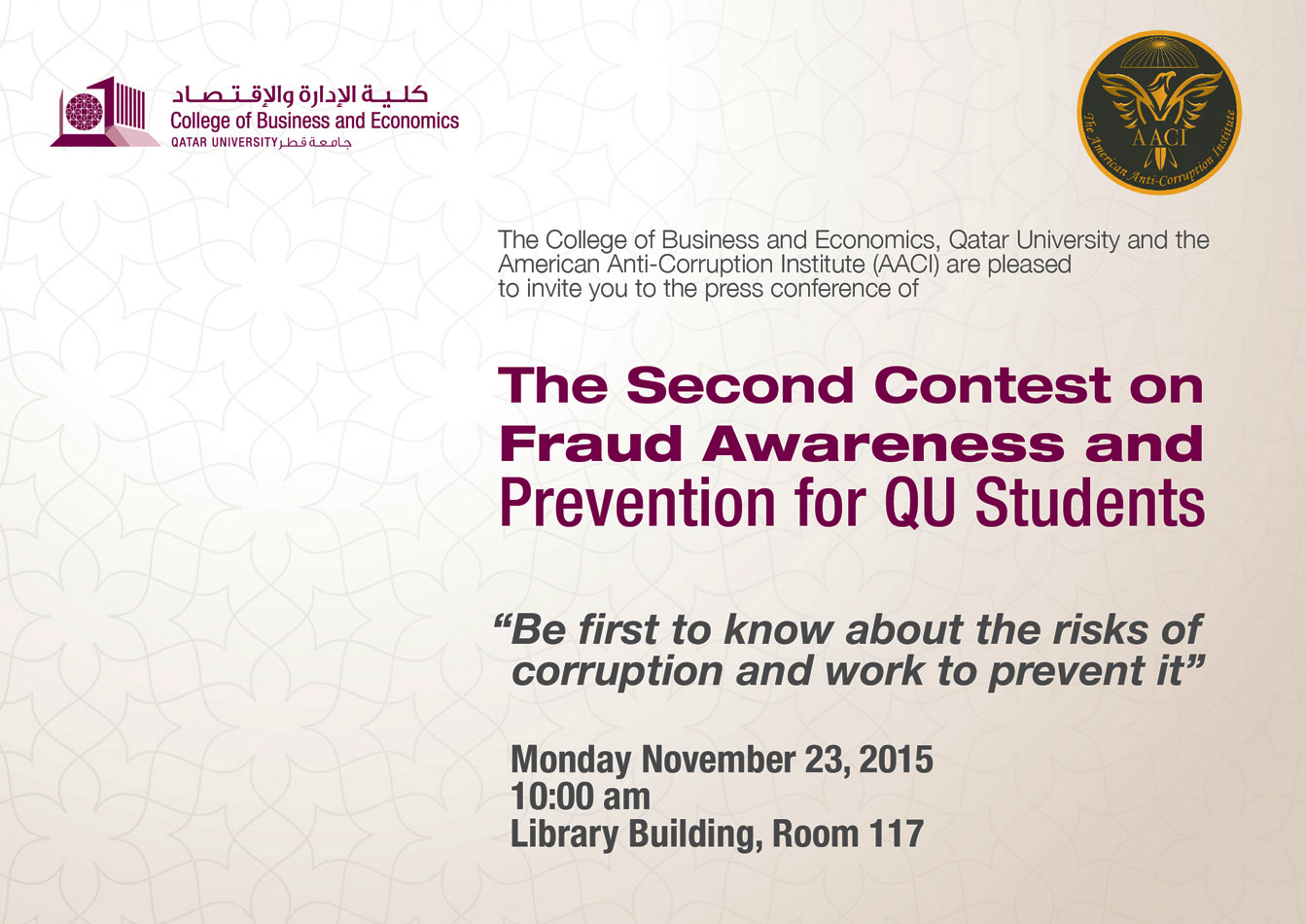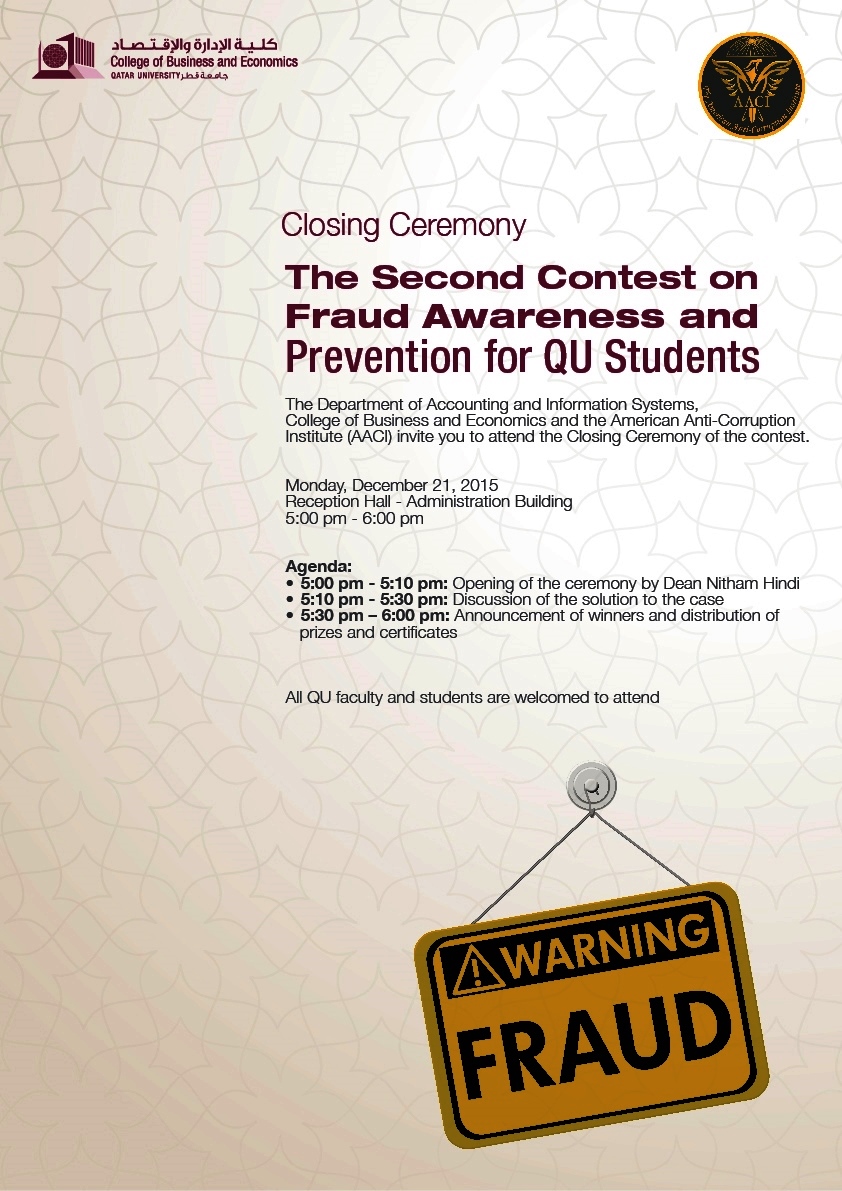Technical Staff
September 15, 2023
Introduction
This blog post delves into the pivotal subject of internal control, founded on the framework outlined in the Internal Control-Integrated Framework published by COSO. Whether you are a board member, executive management, or a public or private sector leader, understanding the essence of internal control is paramount. It aims to provide an insightful overview of internal control, highlight its role in decision making, and shed light on its connection to fraud, corruption, and money laundering. Additionally, we’ll emphasize the dynamic nature of internal control and its significance in today’s ever-changing environment.
1. The Definition and Significance of Internal Control
The Committee of Sponsoring Organizations of the Treadway Commission (COSO) defines [1][2] internal control in its Internal Control-Integrated Framework as:
“Internal control is a process, effected by an entity’s board of directors, management, and other personnel, designed to provide reasonable assurance regarding the achievement of objectives relating to operations, reporting, and compliance.” [3]
It encompasses the processes, policies, and practices that enable an organization to achieve its objectives, manage risks, and ensure compliance with laws and regulations. It’s not merely a financial matter but extends to all facets of an organization’s operations.
Here are some reasons why internal control is indispensable:
a. Risk Management: Internal control helps identify, assess, and mitigate risks, ensuring the organization can navigate uncertainties effectively.
b. Resource Optimization: It enables efficient allocation and utilization of resources, making the most of available assets and safeguarding assets against loss.
c. Compliance: Internal control ensures adherence to laws and regulations, safeguarding the organization from legal repercussions.
2. The Relationship between Internal Control and Decision Making
Quality decisions are the lifeblood of any successful organization. The strength of internal control directly influences decision making processes. Here’s how:
a. Data Integrity: Effective internal control systems ensure data accuracy and reliability. Decision makers rely on accurate information to make informed choices.
b. Risk Assessment: Internal controls help assess risks associated with different options, aiding in choosing the most suitable course of action.
c. Monitoring and Feedback: Continuous monitoring, a key element of internal control, provides feedback on the effectiveness of decisions. Adjustments can be made in real time based on these insights.
3. Internal Control and Its Relationship with Fraud, Corruption, and Money Laundering
Internal control is pivotal in deterring and detecting fraudulent activities, corruption, and money laundering. Here are some examples to illustrate this connection:
a. Fraud: A robust internal control system includes segregation of duties, regular audits, and fraud detection mechanisms. Without these controls, employees may exploit weaknesses, leading to financial fraud.
b. Corruption: Strong internal controls promote transparency and accountability, making it difficult for corrupt practices to thrive. For instance, transparent procurement processes reduce the risk of kickbacks.
c. Money Laundering: Effective monitoring and reporting systems can identify unusual financial transactions, a vital component in combating money laundering. Without proper controls, illicit funds can easily flow through an organization unnoticed.
4. The Dynamic Nature of Internal Control
Internal control is not static; it evolves in response to changing environments. Examples of its dynamism include:
a. Technology Advancements: As technology evolves, so do the business methods and potential risks. Internal controls must adapt to address emerging cyber threats.
b. Regulatory Changes: Laws and regulations are subject to updates. Organizations need to revise their internal controls to ensure ongoing compliance.
c. Market Conditions: Economic shifts and market fluctuations may necessitate adjustments in risk management strategies and internal controls to stay competitive.
Conclusion
In conclusion, internal control is the backbone of organizational integrity and success. This article has provided an overview of its importance, role in decision making, and critical connection to combatting fraud, corruption, and money laundering. Remember, internal control is not a one-time effort; it must evolve continuously to meet the challenges of a dynamic world. By understanding these principles, board members, executive management, and leaders can ensure their organizations are well-prepared to thrive in an ever-changing environment.
Sources and References
1. For more information about COSO, visit COSO.org.
2. The Framework has become the most widely adopted control framework worldwide.
3. For more details and thorough discussion, objectives, components, standards, examples, and case studies about internal control, you may attend one of our Intensive 5 Days CACM Review Courses and Exam. Click here to read more. You may also participate in our premier learning program entitled ” Principles of Internal Control: Management Emphasis ©”
